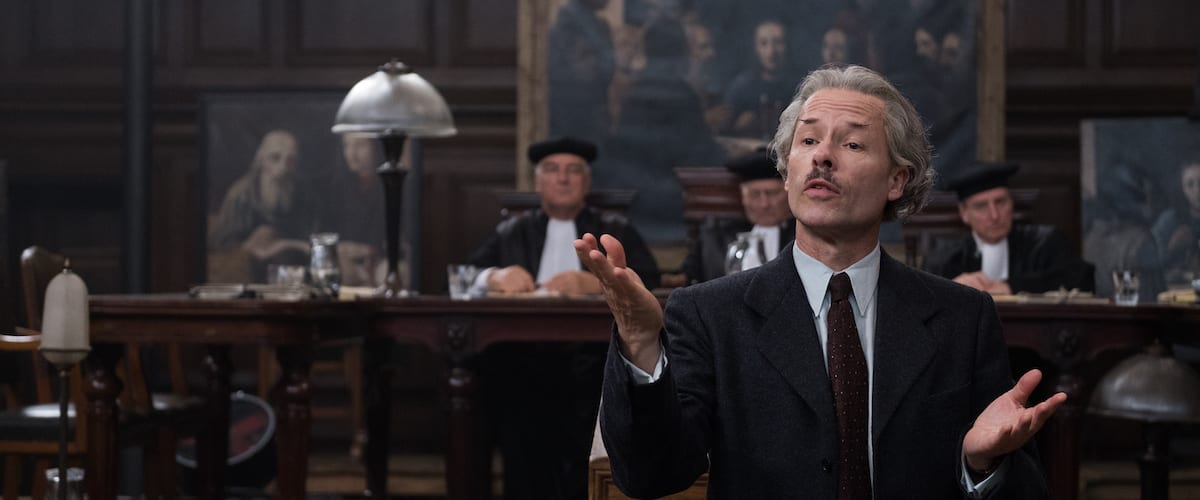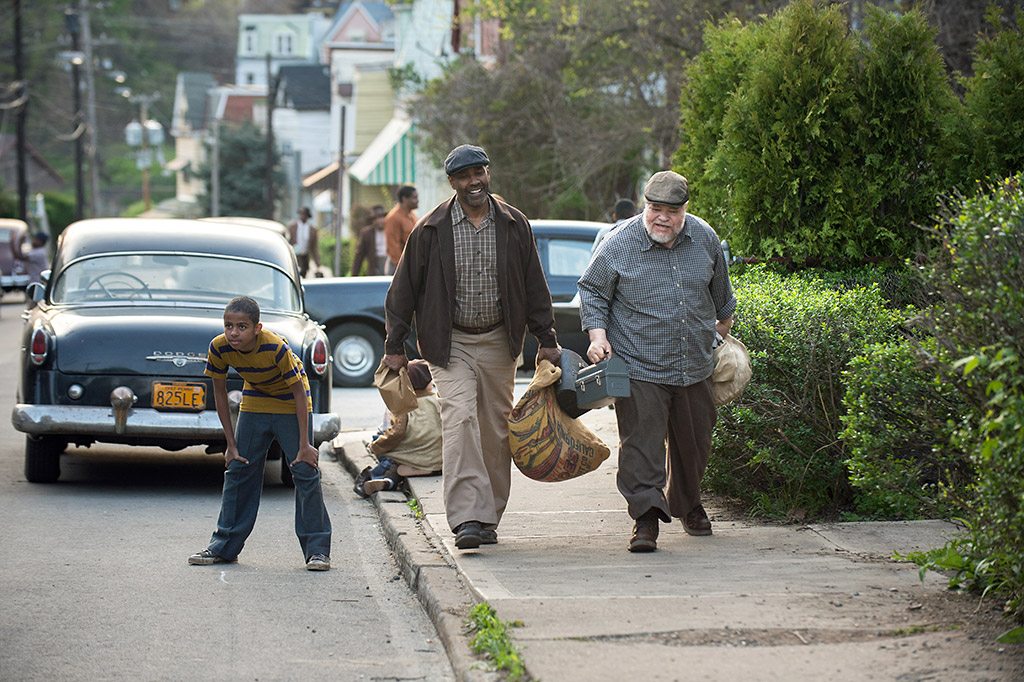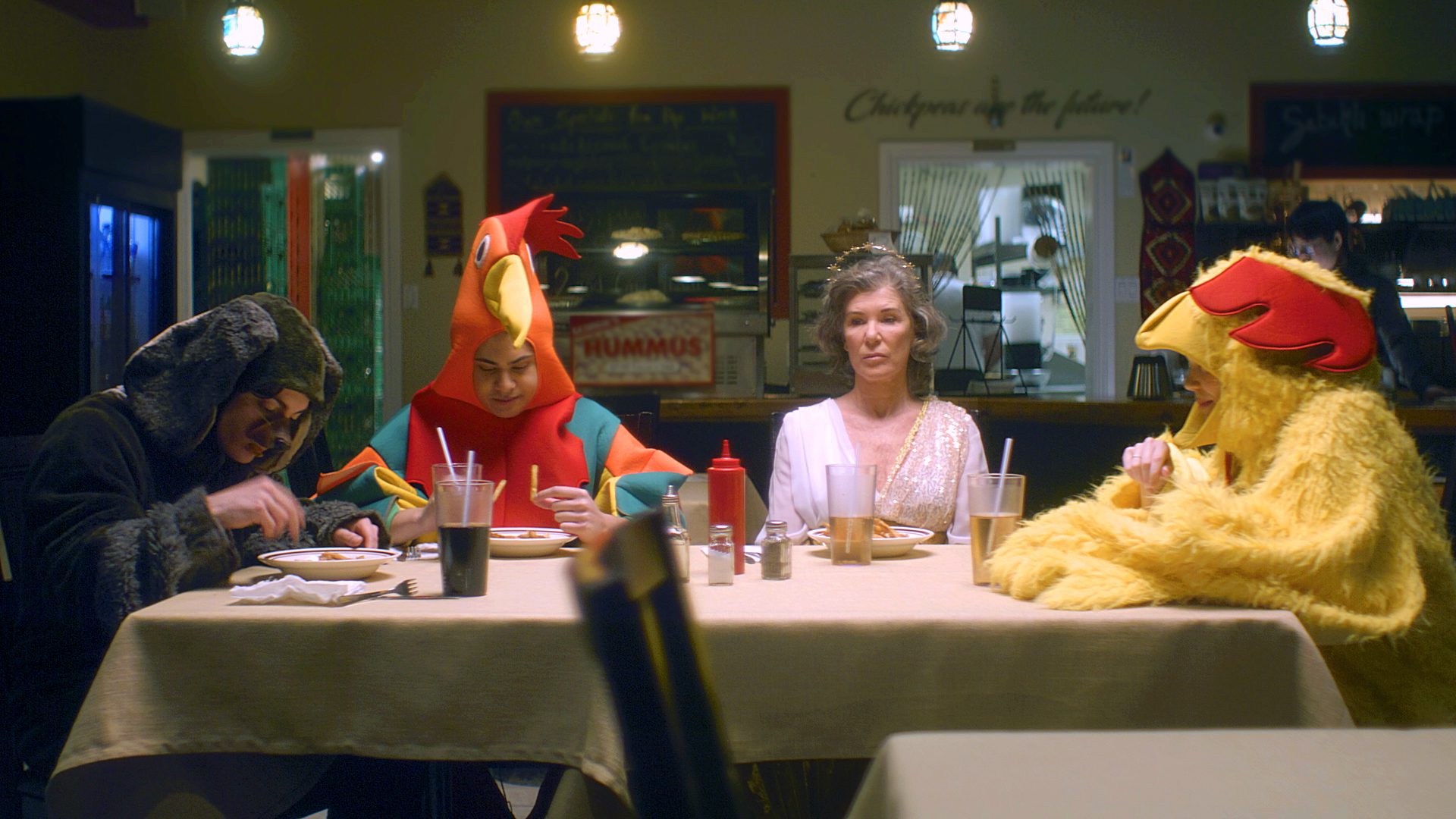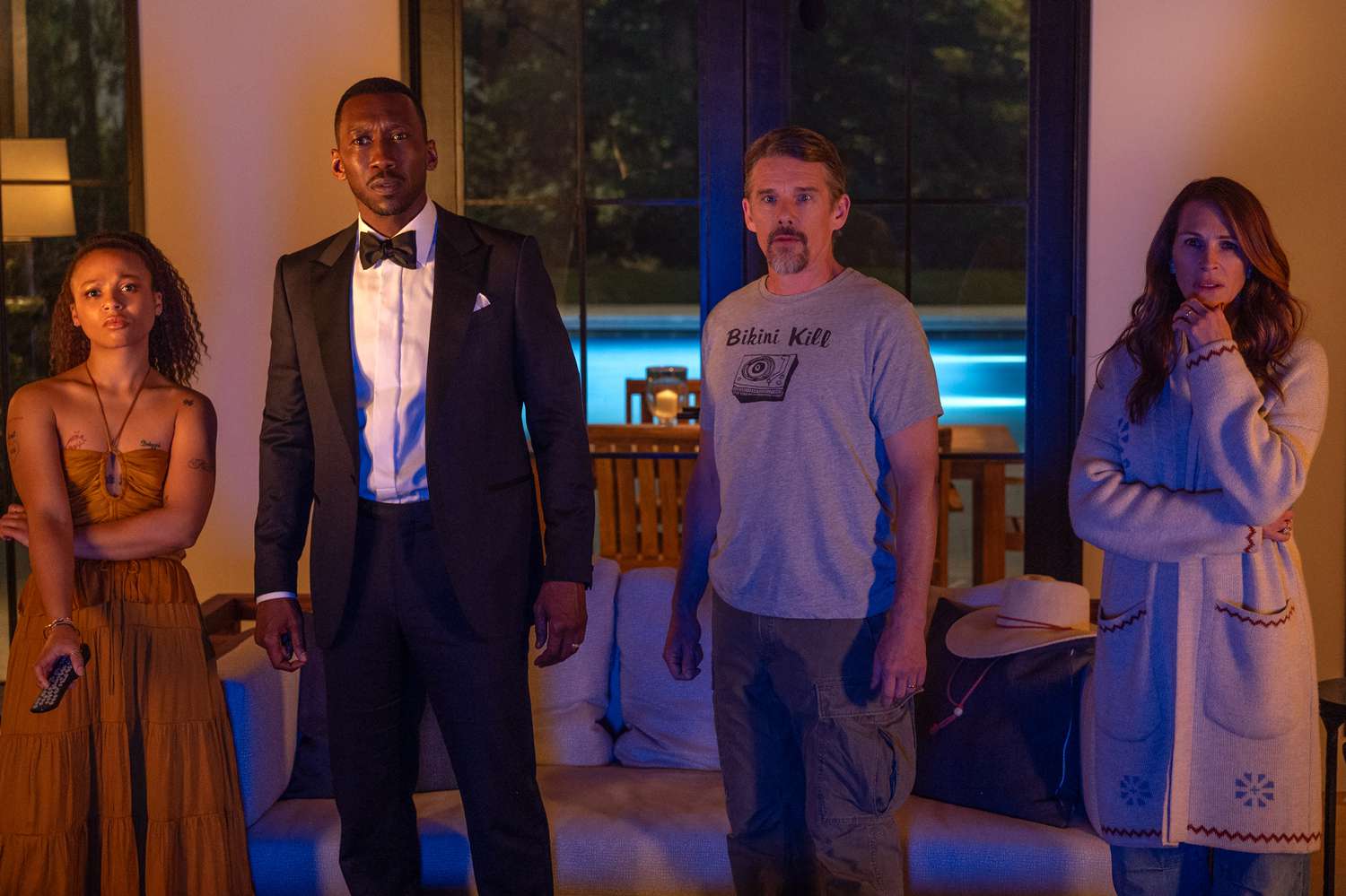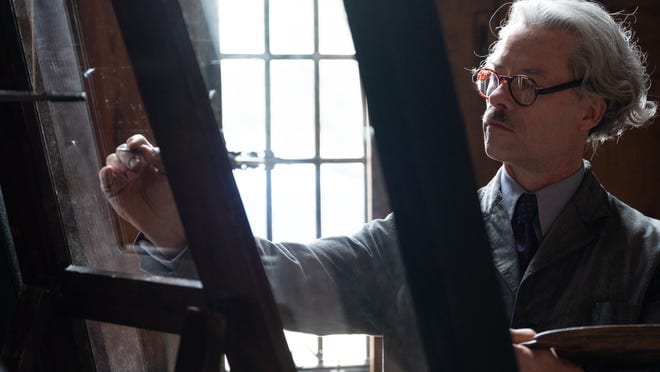
The Last Vermeer tells the story of how a former Dutch Resistance fighter-turned-investigator, Claes Bang’s Joseph Pillar, investigates painter and art dealer Han van Meegeren (Guy Pearce), who he believes aided the Nazis during World War II. In the novel by Jonathan Lopez, The Man Who Made Vermeers, the drama for the film is set up as Pillar believes van Meegeren has sold a Vermeer painting to a leader in the Nazi party, Hermann G?ring. Pursuing the elusive painting, Pillar hopes to punish Meegeren for his involvement in the war.
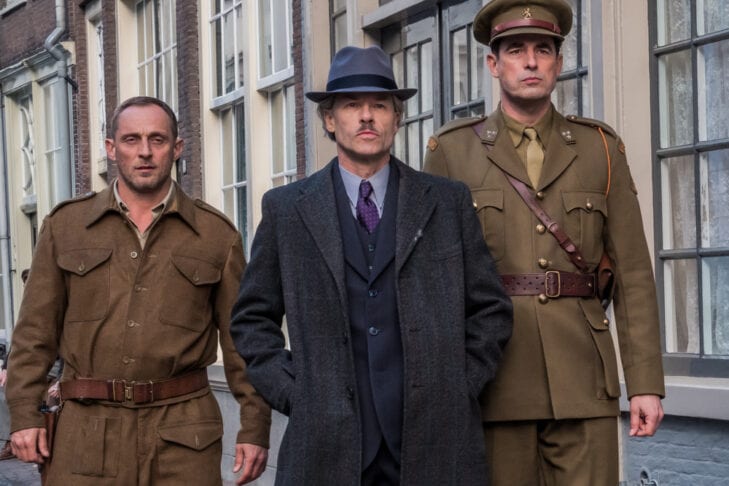
The film has two layers to it in terms of art: the exploration of van Meegeren and the evaluation of art by those who appreciate it. A quick Google search will clear up the audience’s expectation of good and bad (another government/law enforcement figure who looks like Ronald Lacey’s Arnold Toht may tip the audience off prematurely), and while it’s the central tie to the film, it’s not the most interesting one. Some will recognize that there’s a parallel between how characters appreciate (or don’t) Vermeer and other art, as a commentary about how people respond to film. (Is critiquing someone else’s work actually relevant or is simply a matter of opinion?)
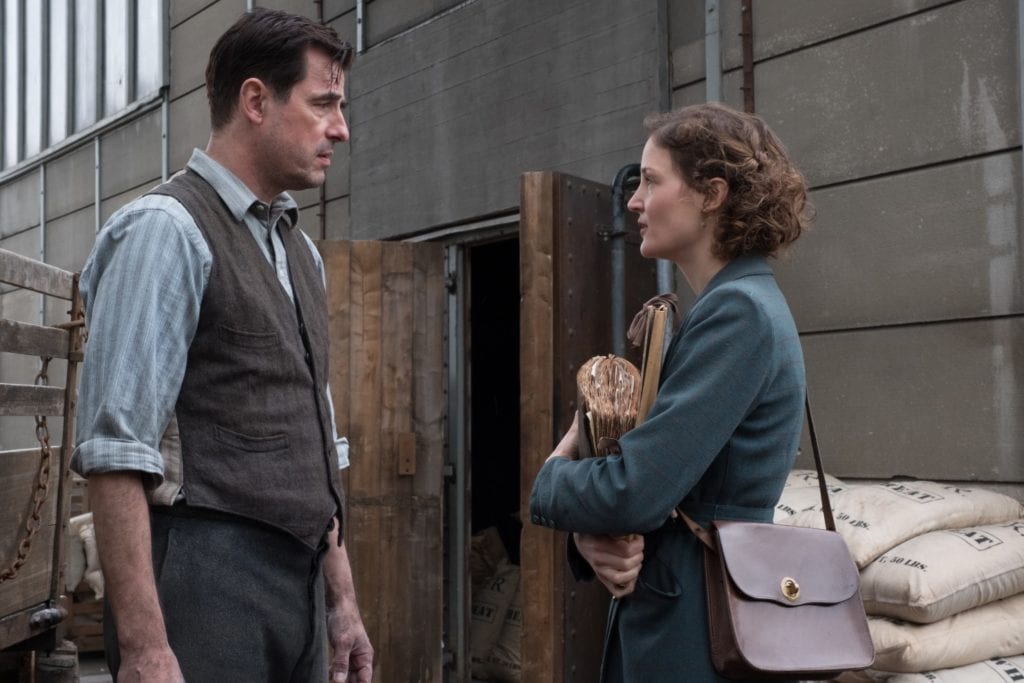
But there’s a third, overlapping with the first two, about what it means to survive in war, and how people justify, forgive, condemn, or ostracize people based on their expectations for behavior – and their own decision-making. This one is potentially the most interesting story in the mix.
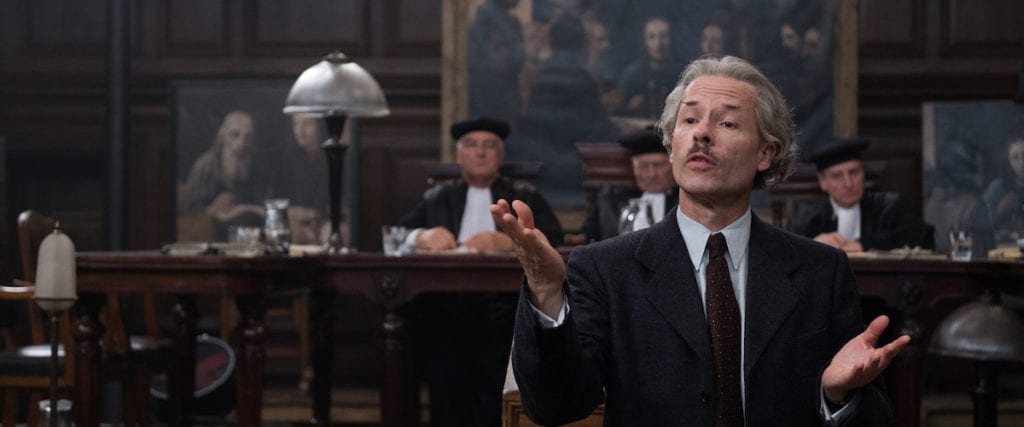
Is Pillar too hard on his wife? Has he wrestled with what he experienced on his own? How do the things that people do to survive in extreme cases get resolved after the conflict is over, after the war fires have burned out? Can certain things be justified in certain times but not others, or are they always damnable? The Last Vermeer uses art to bring that to the service and challenge us to consider it.
The Last Vermeer is available on Digital, Blu-ray and DVD from Sony Pictures Home Entertainment.

